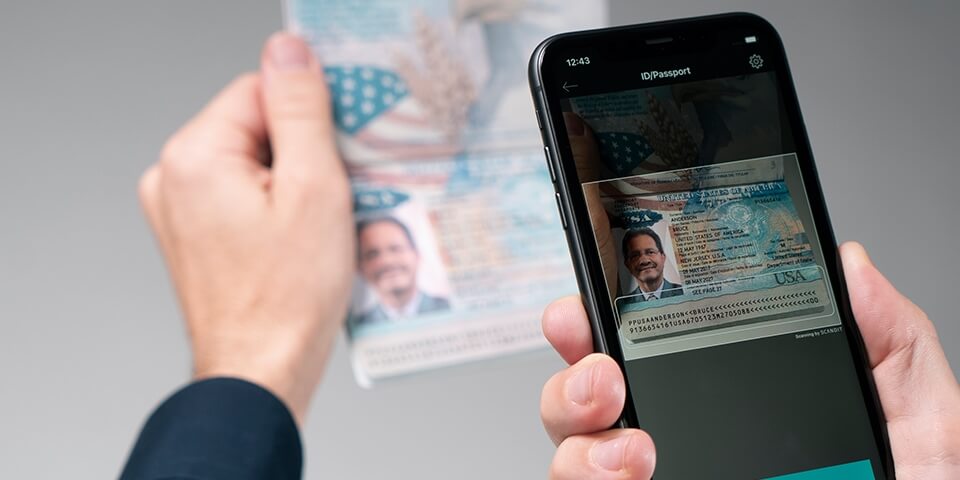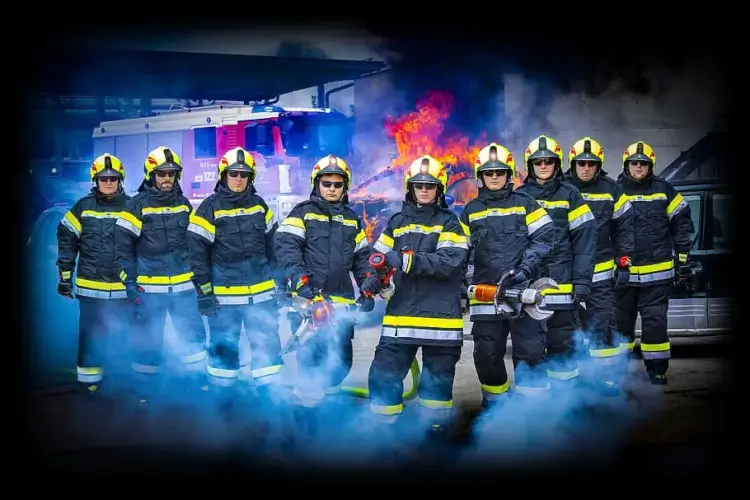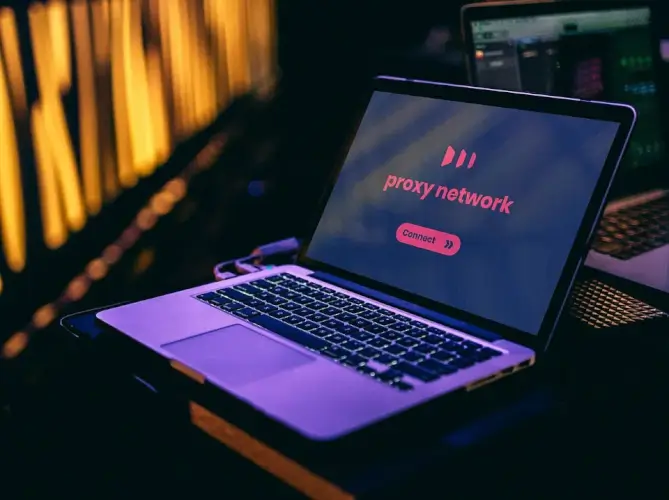Face recognition technology is a new trend in biometric security and surveillance. Face recognition technology can be used for various purposes, such as identifying criminals, monitoring employee attendance, and tracking consumer behaviour. Many different face recognition software programs are available for installation, some more accurate than others. They all have the potential to revolutionize the way people live and work.
What Is Face Recognition? How Does It Work?
Face recognition is a biometric security and surveillance technology that identifies individuals based on their unique facial characteristics. Companies can use it for various purposes, including verifying identity, accessing buildings or devices, and tracking people or objects.
The technology behind the face attendance machine involves capturing a facial image and then comparing it with other faces on the database. The comparison process can be done either manually or through automated means. Compared to other biometric technologies, such as fingerprint or iris scanning, face recognition is non-invasive and relatively easy to use.
Facial Recognition Trends
Facial recognition is a wildly popular tool for unlocking phones, accessing security systems, and more. It is becoming an increasingly important tool for identity verification. Here are some of the most exciting developments in facial recognition technology:
Increased Accuracy
Face recognition technology is constantly evolving and becoming more accurate. The latest face recognition systems can provide much higher levels of accuracy, making them ideal for use in security and surveillance applications.
One of the main benefits of using face attendance machine is that it can help to reduce false positives. It means fewer innocent people will be wrongly identified as criminals or terrorists.
Face recognition systems are also becoming more sophisticated regarding the types of information they can extract from an image. Some systems can now detect a person’s emotional state, which could be useful for identifying potential threats.
Simplification
The increasing demand for security and surveillance applications drives the trend toward simplification in face recognition technology. Face recognition systems are becoming more user-friendly and easier to deploy, making them a more attractive option for many organizations.
One of the key benefits of face recognition technology is its ability to eliminate the need for manual entry of personal information. It can save organizations time and money and improve the accuracy of their data collection. In addition, face recognition systems can be used by companies to track people over time, which is especially useful for security and law enforcement applications.
Unique Identification Algorithms
The most popular algorithms used for face recognition are Principal Component Analysis (PCA) and Linear Discriminant Analysis (LDA). Both PCA and LDA are statistical methods that find the best way to represent data in a lower-dimensional space. It is important for face recognition because it allows the algorithm to focus on the most important facial features while ignoring extraneous information.
Deep learning models have been shown to outperform traditional face recognition algorithms, but they require a large amount of training data. For this reason, most commercial face recognition systems still use traditional algorithms. As more data becomes available, deep learning models will likely become the standard for face recognition.
Masked-Face Recognition
Masking one’s face has been a common occurrence throughout history. It is often done for religious or cultural reasons, but it can also be used by restaurants in health issues, especially during the COVID-19 pandemic. The practice has made face recognition difficult for law enforcement and security personnel. Recent technological advancements have made it possible to recognize faces even when they are partially or completely covered.
The masked-face recognition is a new trend in biometric security and surveillance. Masked-face recognition systems create a 3D model of the person’s face. This model is then used to create a 2D image that can be compared by security personnel to images in a database. The advantage of this approach is that it is not affected by changes in appearance, such as hairstyle or facial hair. Additionally, companies with still images and video footage can use this system.
The future of facial recognition is luminous, and companies are adopting it. However, there are also some privacy concerns associated with facial recognition technology. Some people believe fraudsters could use this technology to violate their privacy rights, so they are hesitant to use it.
The biometric attendance system price can range from $50 to $300 per month depending on how many users it supports and whether it includes additional security features such as real-time video surveillance or access controls.
Despite these concerns, facial recognition technology will continue to grow in popularity. It is because the benefits of this technology far outweigh the potential risks. As long as facial recognition technology is used responsibly, it can be a valuable tool for security and surveillance.







